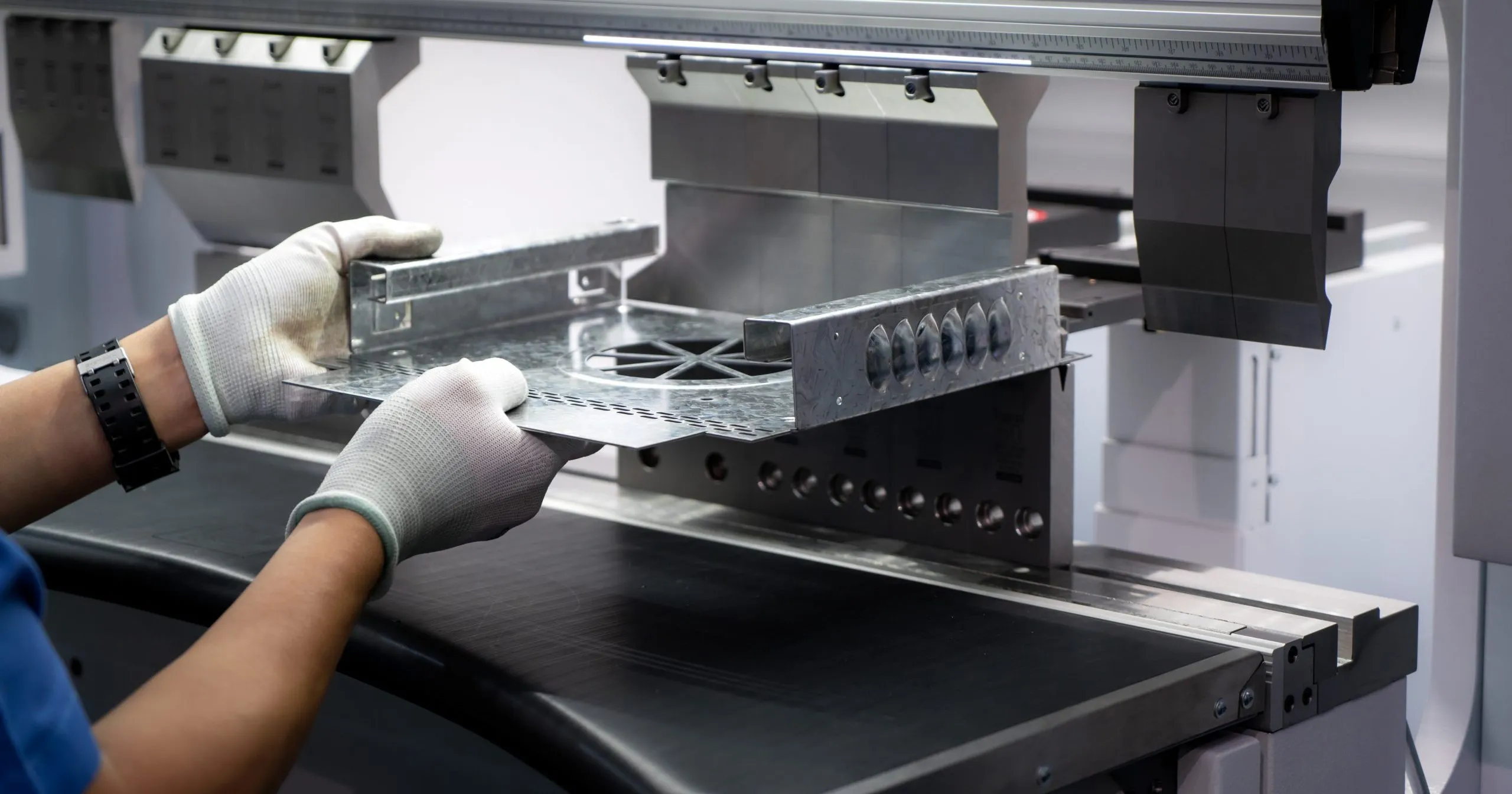Why Integration In Manufacturing Is Sexy Again
Blog: The Tibco Blog
Evolution in manufacturing is a constant transformational process that has continued to accelerate in the last few years. But we can’t discuss innovation without the convergence of two areas: IT and OT.
Operational Technology at a glance
While most people are quite familiar with the term IT, when OT is mentioned not everyone knows what’s behind this two-letter acronym. Operational Technology, or OT, is made of computing and communication systems to manage, monitor, and control industrial operations by focusing on the physical devices: machines and equipment on the shop floor. OT is the hardware and software that keeps the factory running. It’s here where we find systems like ICS (Industrial Control Systems), DCS (Distributed Control Systems), or PLCs (Programmable Logic Controller). These are often managed by a SCADA system that provides a graphical user interface for operators to easily observe the status of a system, receive any alarms indicating out-of-band operations, or enter system adjustments to manage the process under control.
On the other side, and where most of us have a greater understanding, is IT, or Information Technology. IT is about business and systems that process, store, and deliver information. It’s here that we find systems such as ERP, MES, CRM, databases, etc.
Convergence is already underway
OT can be defined as the technology that interfaces with the physical world, is mostly transparent to us, and, in the past, relied on proprietary protocols. However, an evolution in OT has begun, and with the ability to monitor and control devices remotely with IP-based protocols, the line between IT and OT has started slowly blurring. The difference between the two has gotten even less concrete with the rise of Industrial IoT (IIoT) and the big push with Industry 4.0 methodologies. In short, IT and OT are converging.
The road has already been paved with the desire to connect systems, applications, and people. On the shop floor there is more need for predictive maintenance, process optimization, product quality, and availability of equipment, while on the other side, there are business-oriented needs like traceability, sustainability, and faster time to market. Overall, there is an increased need for collaboration between multiple departments. The concept of the Connected Factory is becoming a reality and at the core, only integration capabilities can truly speed up the convergence of the two worlds of IT and OT to create an ecosystem of solutions in manufacturing.
Integration is the glue
Since integration was the glue of the convergence, with more standardized protocols it soon became a commodity because, with data analytics on the rise, the visual aspect of it was not only more appealing to get insights but also key in decision making. Just recently, other new technologies are making their way into manufacturing as well: the cloud!
The cloud is once again changing the way we think about manufacturing operations not just on the business level but also the shop floor. There are a lot of needs that must be met, including the need to integrate with multiple factories in different geographies and locations, the need to integrate with highly specialized SaaS providers, the need for a 360° view of what is happening, and the need to reduce the cost of maintaining on-premises data centers. But that’s not even the half of it! There’s also the need to be more agile and adapt to rapid market changes, especially when unforeseen disruptive events are happening, the need to scale when needed, and the need to acquire data from multiple real-time data sources.
The changes necessary to meet these needs are what’s starting to make integration sexy in manufacturing again, and I’m pretty sure that not only manufacturers can benefit from it, but also customers with the new and innovative services they can access. It’s time to start thinking about mass customization instead of mass production, enabled by cutting-edge cloud-based integration and architectures.
The concept of the Connected Factory is becoming a reality and at the core, only integration capabilities can truly speed up the convergence of the two worlds of IT and OT to create an ecosystem of solutions in manufacturing.
Click To Tweet
Take the next step
Check out this whitepaper, The Digital Factory, to get the key information you need to integrate your manufacturing systems in the cloud. You can also learn more about achieving agility in manufacturing with the five core principles for a connected factory by watching this webinar.
